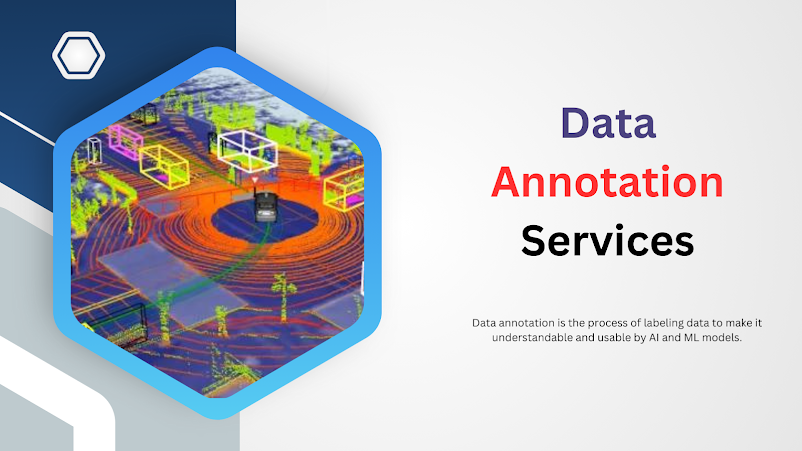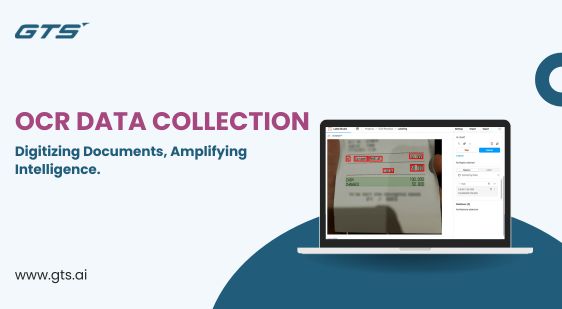
Unveiling the Power and Nuances of Data Annotation: A Comprehensive Guide Introduction: In the age of artificial intelligence and machine learning, data is the new gold. But just like gold in its raw form, data needs refinement and polishing to unlock its true value. This is where data annotation comes into play. Data annotation is the process of labeling data to make it understandable for machines. It's akin to providing context and meaning to raw information, enabling algorithms to learn and make decisions. In this comprehensive guide, we'll delve deep into the world of Data Annotation , exploring its significance, methodologies, challenges, and future implications. Understanding Data Annotation: Data annotation involves assigning labels or tags to various forms of data, such as text, images, audio, and video. These labels serve as ground truth or reference points for machine learning algorithms. For example, in image annotation, objects within images are labeled to train alg
.png)

.jpg)

.jpg)
